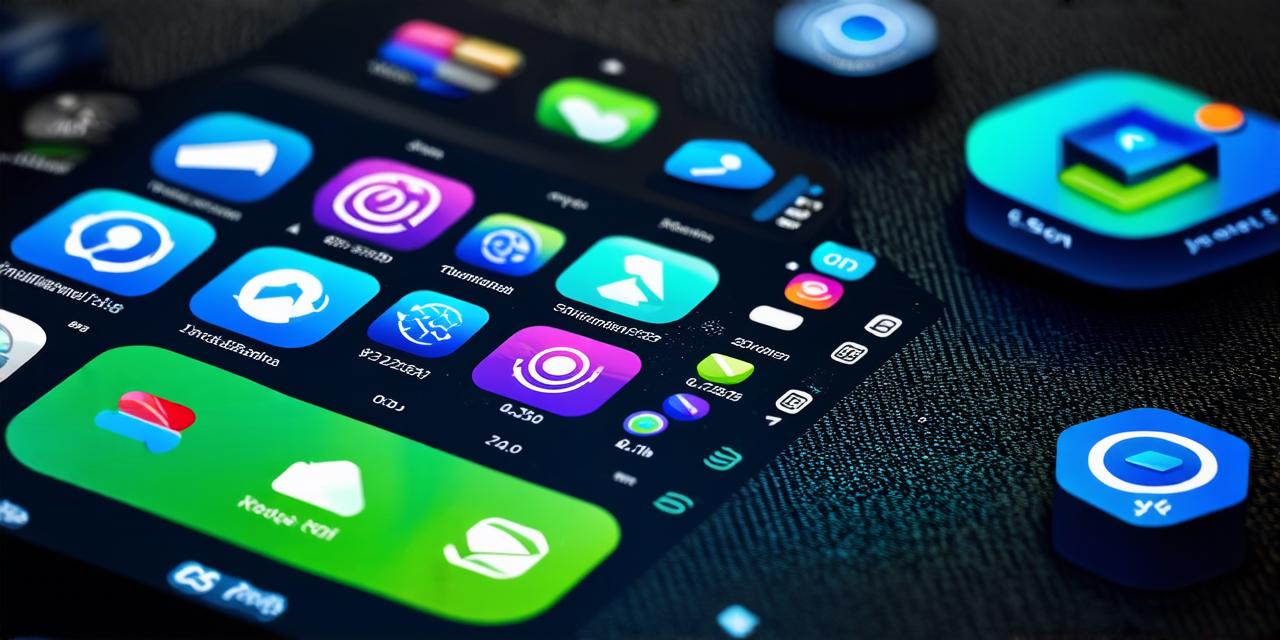If you are an app developer, you know that revenue generation is one of the most important aspects of your business. There are several ways in which app developers can make money, but according to recent research, the majority of them are making their revenue through in-app advertising and subscriptions. In this article, we will explore these two avenues in more detail and provide some tips on how you can maximize your revenue potential.
In-App Advertising
In-app advertising is a way for app developers to make money by displaying ads within their app. These ads can be displayed as banners, interstitials, or other types of ad units. According to a study by eMarketer, in-app advertising was the second biggest revenue generator for mobile app developers in 2019, with $34 billion in revenue generated globally.
One of the main benefits of in-app advertising is that it allows you to target specific users based on their demographics and interests. This means that you can create ads that are more relevant to your audience, which will increase the likelihood of them engaging with your ad and potentially making a purchase.
In addition to being targeted, in-app ads can also be personalized. By using data from your users’ behaviors within the app, you can create ads that are tailored to their interests and preferences. This can help to increase engagement rates and conversion rates, as users are more likely to engage with ads that are relevant and interesting to them.
To maximize your revenue potential through in-app advertising, it is important to work with a reputable ad network that has a large inventory of ads and a wide range of ad formats. You should also test different ad formats and targeting options to see what works best for your audience.
Subscriptions
Subscriptions
are another way for app developers to make revenue. With a subscription model, users pay a recurring fee for access to the app’s features and content. According to eMarketer, subscriptions were the third biggest revenue generator for mobile app developers in 2019, with $14 billion in revenue generated globally.

There are several benefits to using a subscription model for your app. Firstly, it provides a predictable stream of revenue for your business, which can help you plan and budget more effectively. Secondly, it allows you to offer exclusive features and content to your subscribers, which can increase their engagement and loyalty with your app. Finally, subscriptions can be a good way to generate revenue from users who are not interested in advertising, but who value the convenience of accessing your app’s features and content on a subscription basis.
To maximize your revenue potential through subscriptions, it is important to offer a range of subscription tiers that cater to different user needs and budgets. You should also consider offering exclusive features and content to your subscribers, as this can help to increase their value perception of the subscription.
Case Studies
Let’s take a look at some real-life examples of app developers who have successfully made revenue through in-app advertising and subscriptions.
In-App Advertising
: Spotify
Spotify is one of the most successful music streaming apps in the world, with over 300 million monthly active users. The company generates a significant portion of its revenue through in-app advertising, which allows it to target specific users based on their demographics and interests. Spotify also offers personalized ads that are tailored to each user’s listening habits, which helps to increase engagement rates and conversion rates.
Subscriptions
: Netflix
Netflix is another example of an app developer that has successfully used subscriptions as a revenue model. The company offers several different subscription tiers, including basic, standard, and premium, which cater to different user needs and budgets. In addition to offering exclusive content, such as original series and movies, Netflix also offers personalized recommendations based on each user’s viewing habits, which helps to increase user engagement and satisfaction with the service.



